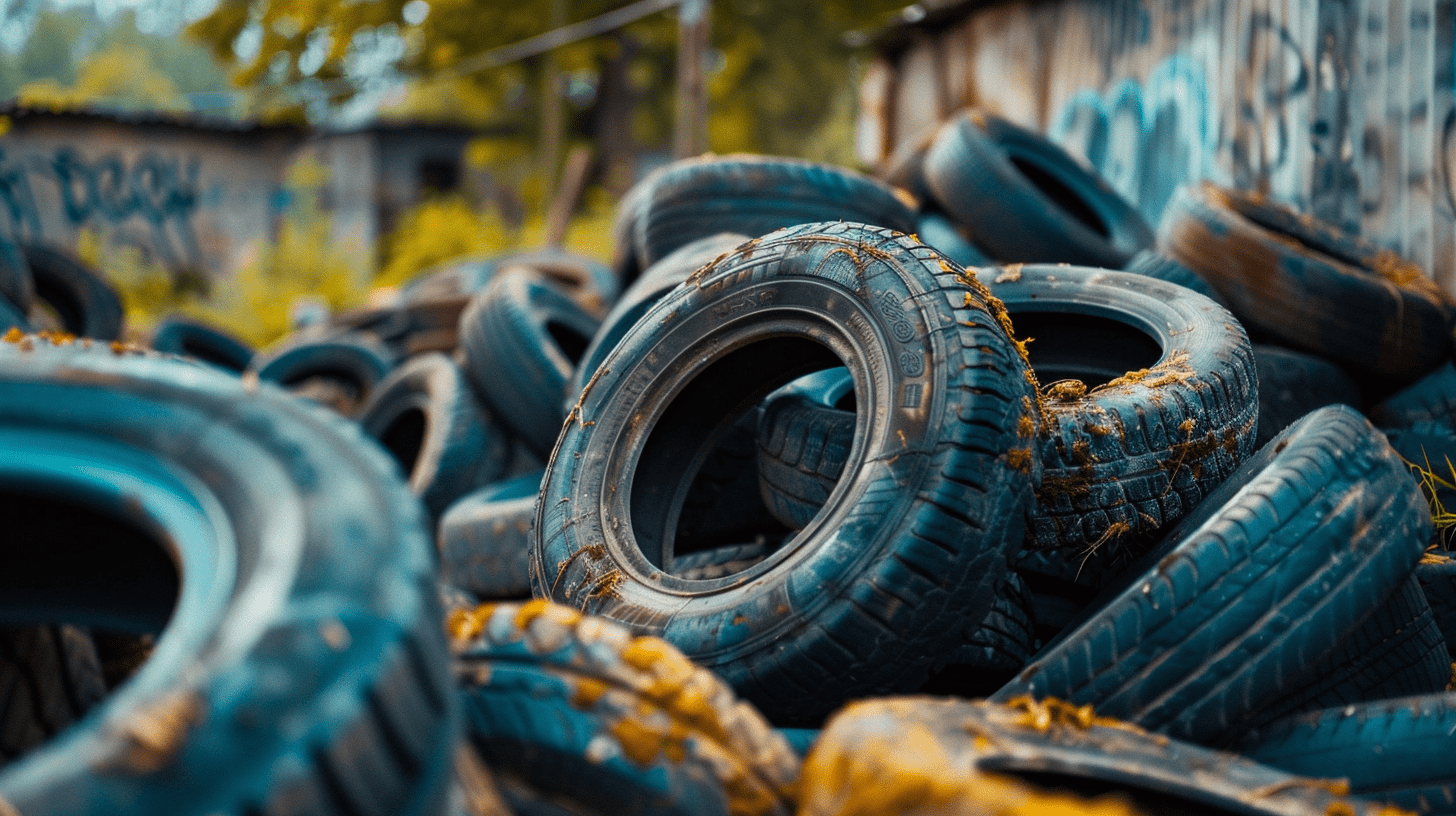The Circular Economy
Learn what the circular economy is, how it reshapes our approach to consumption and waste, and the environmental benefits it offers.

Product Lifecycles and Value Retention
Every product has a lifecycle that includes raw material extraction, manufacturing, use, and end-of-life. In a linear economy, this cycle ends in disposal. In a circular economy, the goal is to retain the value of materials and components for as long as possible.
Businesses are rethinking how to extend product lifespans through maintenance, upgrades, and remanufacturing. Consumers are encouraged to repair rather than replace. For example, some appliance manufacturers now offer repair kits and online guides to support self-repair.
Value retention strategies also include resale markets, refurbished goods, and second-life applications. A used office chair might be reupholstered and resold rather than sent to a landfill. These practices reduce demand for virgin materials and lower environmental footprints.